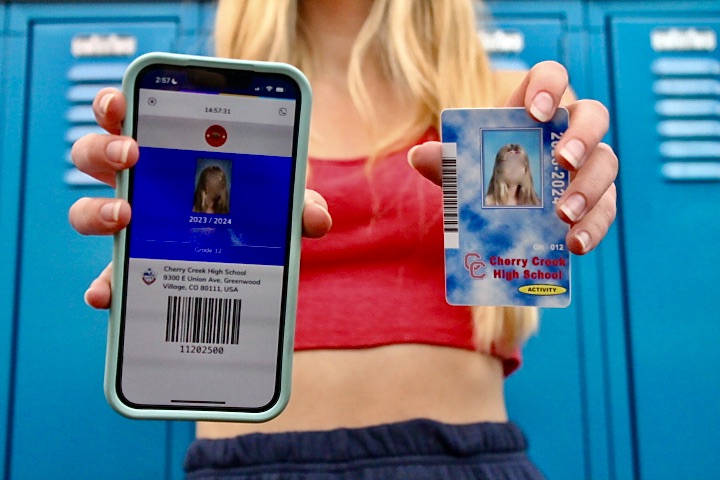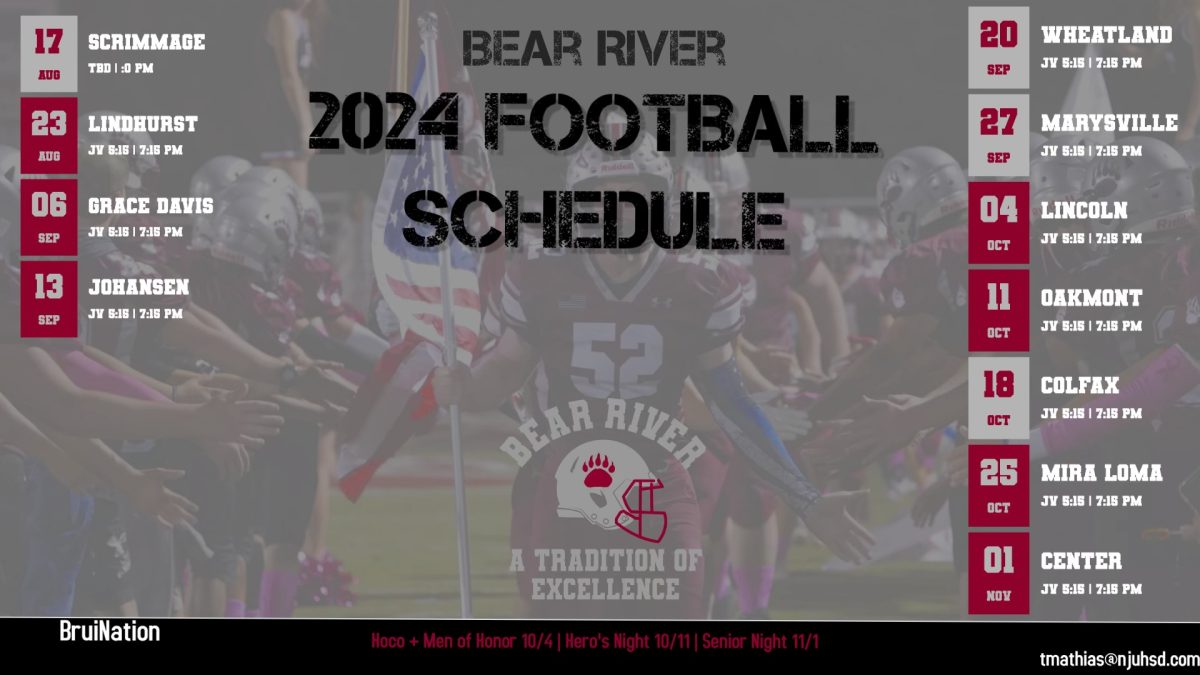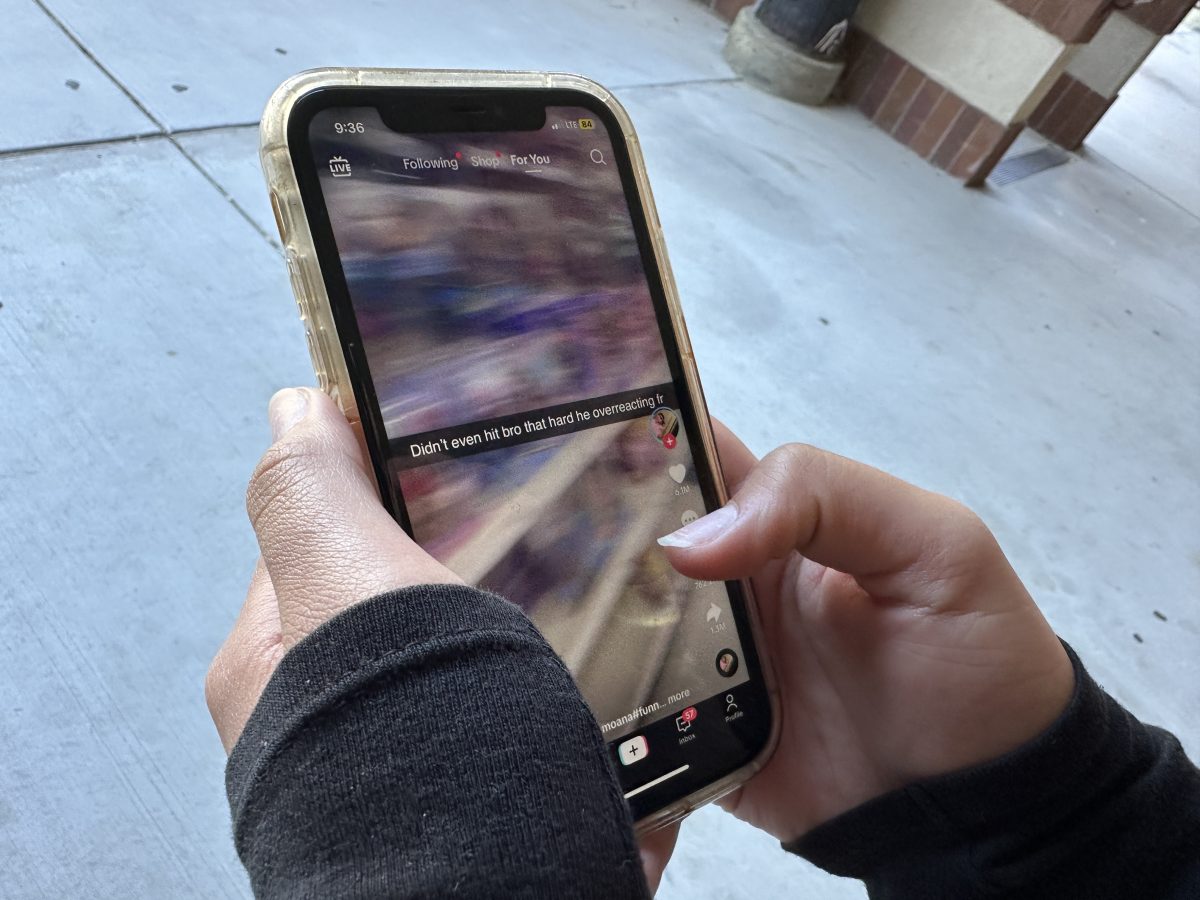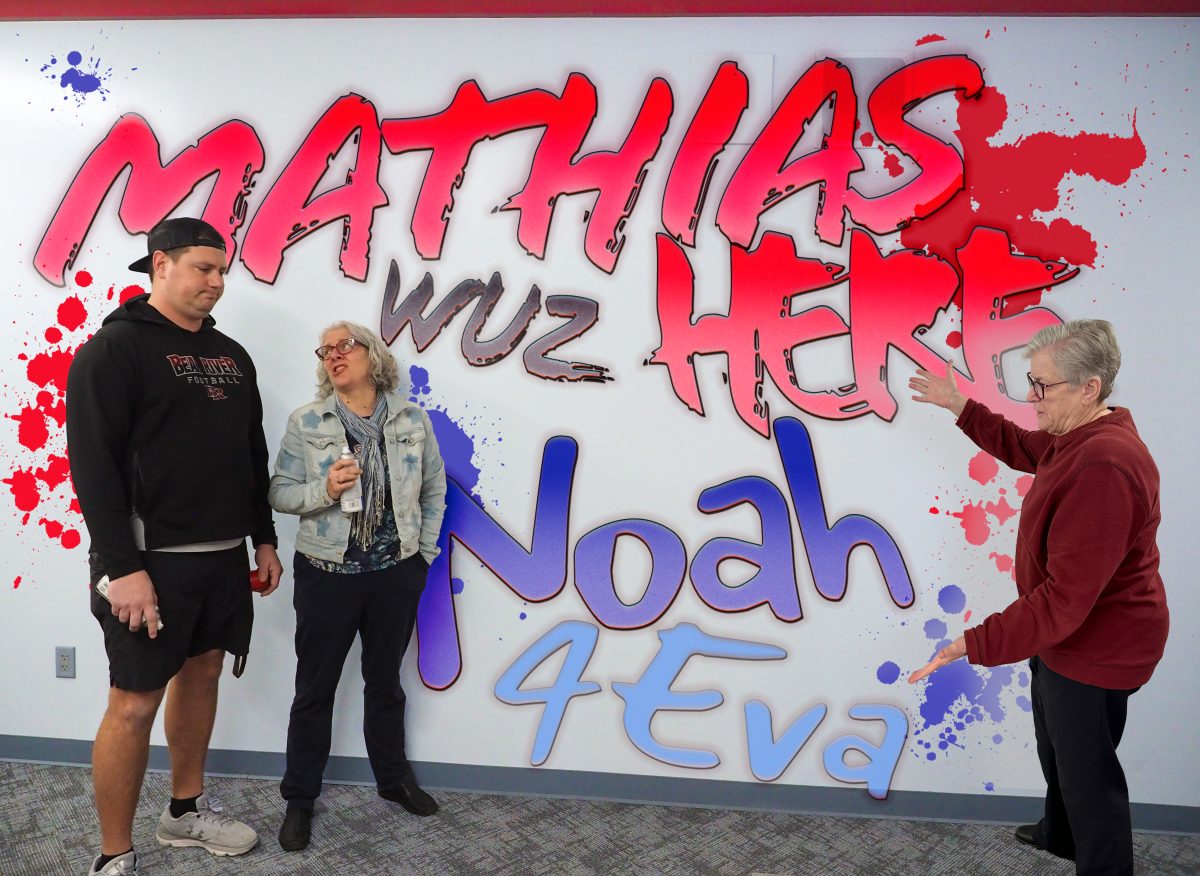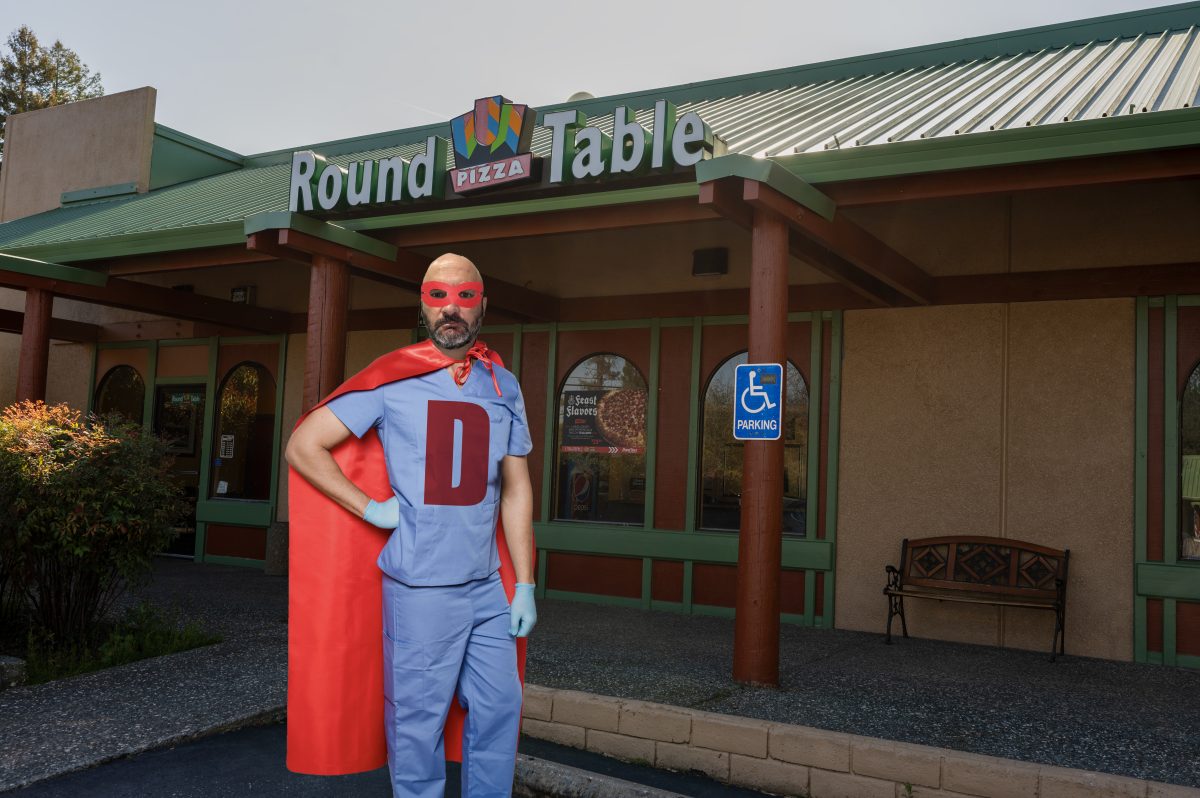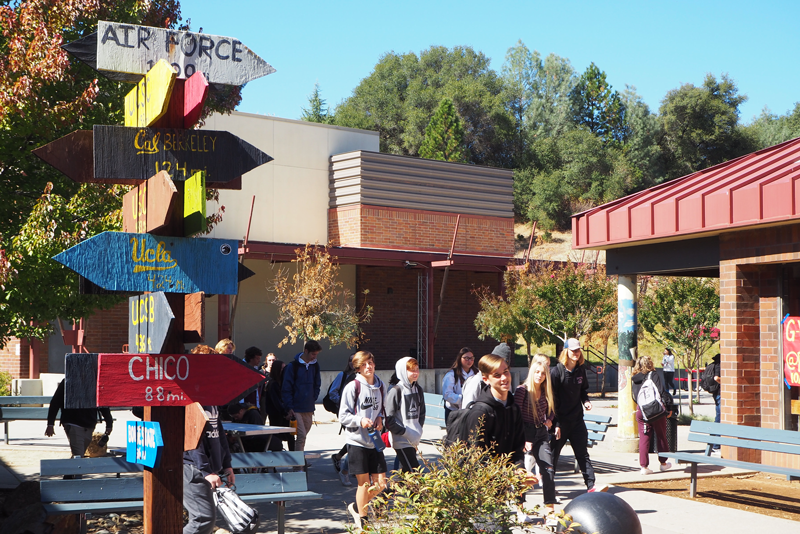Students go through 13 years of the US school system, only for many to come out the other side unprepared to actually function as an adult in society. The Current created this series to fill in the gaps.
You’re sitting at dinner with your relatives. Odds are, there is already an underlying sense of tension in the room. Between the references to politics and religion, and “any new girlfriends/boyfriends in your life,” the culmination of droplets under your arms is likely to be greater than that on the outside of your water glass. But only one topic has the power to turn any student whiter than the untouched dinner plates: college.
College is a frightening discussion for seniors. If you were to encounter a runner on the last lap of a race, it would be inappropriate to ask them, “Where do you plan on running for the rest of your life?” or “How will you pay the entry fee for the next races or the various shoes, and equipment, and protein shakes you’ll need to succeed?” But despite a kid’s current exhaustion, inquiries persist during the fall of senior year. And ultimately, students need an answer for them. But if you are stuck speechless at the dinner table, this guide may be a good place to start. For our area, many great options aren’t so intimidating once you get to know them.
Sierra College:
At this point in life, students are constantly growing. With like and dislikes changing every day, the idea of heading straight to a four-year college and spending thousands of dollars on the shaky foundation of a path may seem outrageous. If that’s the case, Sierra College is a great place to start. One of Sierra Colleges’ highlights is its Two-Year Free Program. The program began last year and initially only offered one year. But today, the Sierra College promises that all California high school graduates can be eligible to get their first two years of tuition covered.
To take advantage of this great deal, you’ll first need to complete a financial aid application such as FAFSA. This allows Sierra College to know whether you demonstrate need-based aid. If so, you will receive the California Promise Grant; if not, you’ll get two years free. Either way, as long as you are going to school full time (taking 12 units), two years will not cost a dime out of your pocket.
Sierra College saves you money that could be wasted elsewhere. Kylee Keroher-Day, Bear River and Sierra College alumni, explains that another perk of Sierra is its quality of education.
“As your looking at all your college options, we want Sierra to be on the forefront of your mind, not only because of the cost saving you can get, but because essentially your first two years you would be taking at Sierra are the same as the classes you’d be taking at a CSU or a UC,” Keroher-Day reports. “They might be a little different in their themes, but the requirements are all the same, and they’re going to get you to the same goal of degree, certificate of transfer.”
For students who know they will be transferring, another great offer at Sierra College is the Associate’s Degree for Transfer and TAG Agreement Programs. The Associates Degree applies for CSUs and Tag Agreement applies for a select group of UCs. These programs allow you to come in, explain your interests, and Sierra College will help create a specialized class plan to get you to the next school on the path to your passion. It creates an agreement stating that if you complete your classes with certain requirements, you will be guaranteed transfer into various schools.
California State University :
But for students who already have a bit more direction in their post-education goals, community college may seem like an extra step. What if you know you want a Bachelors degree rather than an Associates? What if you don’t want to go through the trouble of transferring? A CSU could be worth the tuition.
Many CSUs also offer programs to help counteract any debt incurred through your education. Hadiyah D’Jesse Owens, recent graduate from Sacramento State College, explains the financial that this is an opportunity most people take advantage of at her school.
“Our average student tuition is $7,368. However, about 70% of our undergraduates are on financial aid,” Owens explains. “ … So within our financial aid, we have scholarships, grants, loans, and work-study.”
Maybe you are looking for more of a “college experience.” Perhaps when you think of college, it is not only an academic education but a social education as well. This picture could involve more dorms, greek life, clubs and events than your local junior college can provide. If that is the case, CSUs may better fulfill your expectations. Owens take pride in the variety of activities offered at Sac State.
“Student life on Sac State is very vibrant. We have over 300 student clubs. That includes Salsa Loca Club, Pupper club, that brings puppies to campus every finals season. There’s Quidditch Club for those of you who are into Harry Potter… There’s a wide range of clubs. And if none of those interest you, all you need is four other people to start your own club. There’s also concerts and plays. And we are a division one school, so we have a bunch of different sports events…”
University of California:
Then, there are UCs. The UC system comprises of nine public universities, spanning from San Diego up to Davis. While UC tuition is noticeably more expensive than CSUs’, the main difference between them is that CSUs generally create smaller classes with more direct teaching, while UCs strive for more self-motivated learners.
That being said, the prestige of the UC system creates a more competitive application process. Gordon Sakue, a representative of the Nevada County Cal Alumni, gives essential information for those interested in applying, emphasizing punctuality.
“The number one thing, if you are a senior right now, is that you have a window from now until November 30 to submit your application,” he said. “And it is online. It’s open now. You can start your application at any time. But has to be submitted. Probably, you want to push the button the 28th or the 29th, because a few years ago, the system clogged and it was a little late. So don’t wait until the very last day.”
But before you push that button, you need to make sure your application is sure to catch admission’s attention. Sasuke believes that the written portion creates the biggest impact on your eligibility.
“The main difference that you can make in your application is the care you put into writing your personal insight essay. And for that, there are eight topics. You choose four, and you have up to 350 words each. So that’s 1,400 words to give the application reader a good idea of what makes you tick, what your passions are, what your interests are, things that have influenced you in your life going forward.”
University of Nevada, Reno:
But with all of these great opportunities in close range, you still shouldn’t feel confined to your state. Out-of-state colleges could be your perfect fit. Elizabeth V. Nubel, and admissions recruiter and financial aid advisor at the University of Reno, talks about the accessibility all students can have to opportunities at UNR.
“We’re a research-focused institution, a tier one school. Only tier one in Nevada,” she said. “So its a really incredible education that you are able to receive at the university. And of course, as I mentioned before, we have no impacted majors. And like I just mentioned, we have no enrollment caps. So what that means is that any student that applies to our university and is admissible to our university is admitted to our university. Right now, our admissions requirements are 3.0 weighted academic.”
Nubel also mentions UNR’s participation in the Western Undergraduate Exchange. WUE is a scholarship program to make out-of-state tuition match instate tuition.
“Our out-of-state tuition for the University of Reno is $22,00. If you have WUE, that will give you a scholarship … that is about $11,000. So you would be paying roughly $10,485 per year to go to the university.”
In reality, this article doesn’t even scratch the surface of the education you can receive after high school. But ultimately, whatever your college path may be, you’re already taking a step in the right direction by doing research. Continue to look into what interests you. Prioritize what is most important to you in a college experience, and you will find the best stepping stone on your career path.


